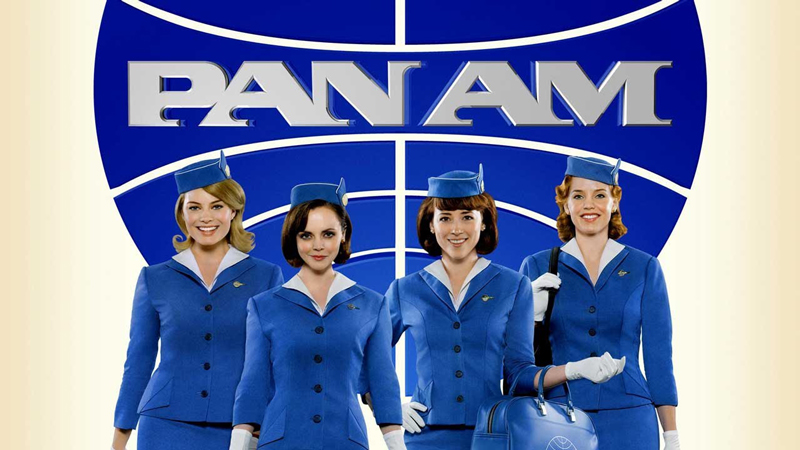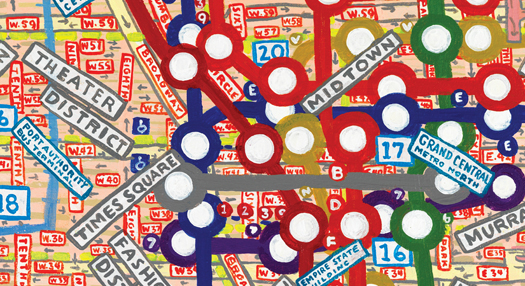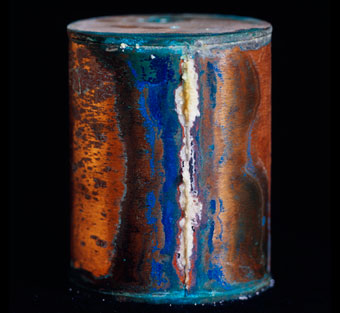
January 13, 2010
Logorama

Still from the film Logorama by H5
We learn to live with the encroachment of branding into daily life; like the weather, we just accept it as part of everyday living. But the more we become inured to the bludgeoning intrusiveness of commercial lapel-grabbing, the more the brand owners — and the designers who work for them — ramp up their efforts to attract our attention.Â
A world colonized by brands is the theme of a new film by French designers and filmmakers H5. Logorama is a slick 17-minute-long animated movie that appears to lampoon both the Hollywood blockbuster — violent, crude and adrenalized — and the world of branding, a world where logos festoon every surface and where it is customary to be exposed to brand activity at every turn. I say appears to lampoon, because the intention of the filmmakers is unclear.Â
The film is beautifully made. It is set in a fictive LA, or at least a CGI city that lives up to Reyner Banham’s view of Los Angeles as “Autopia” and the city of the “immediate future.” The screen emits a supernatural brightness; colours pop with chromatic intensity; everything is hygienically pure — it’s Die Hard with the product placements taking centre stage — a disaster movie set in Brand Utopia. It’s what will happen when brands make movies, as if they don’t already.Â
The movie tells the story of two cops (Michelin men) chasing a gun-toting, child-kidnapping, bad-guy (Ronald MacDonald) through — in the words of the filmmakers — “an over-marketed world built only from logos and real trademarks.” As motion graphics writer Mark Webster has noted, the film contains numerous subtleties and in-jokes: “The Quicktime wall clock; the Energizer street lamps; the 007 guns and homage to Maurice Binder’s barrel shot; KFC getting flattened by the beef jerky store, Slim Jim; and Ronald McDonald being taken out by Weight Watchers.” Logorama climaxes in a series of cataclysmic natural disasters engulfing this pixel-built city of a million brands.
But instead of turning us against brand ubiquity, H5 create the suspicion that perhaps they think this logo-dominated, freeway-gridded world is really something to admire. It’s almost as if they relish an homogenised realm of brand ubiquity. Their famous music video for Röyksopp shows a similar fondness for the world of corporate info graphics and PowerPoint pie-chart aesthetics.Â
So while I struggled to find the message in H5’s film, I couldn’t help being seduced by it. I was struck by how many of the logos on show are rather wonderful — fine examples of the art and craft of graphic design. But this only served to reminded me of the essential conundrum at the heart of being a graphic designer; namely that the job is to create seduction and allure for our clients regardless whether it is a true reflection of reality or not. And — like lawyers defending criminals — we mostly do this with professional detachment. Yet as commentators have been telling us for decades, there are consequences — moral, political and cultural — attached to our desire to create this world of beauty and seduction. One of those consequences might just be a brand-dominated world like the one depicted in Logorama. Scary thought.Â
Observed
View all
Observed
By Adrian Shaughnessy




